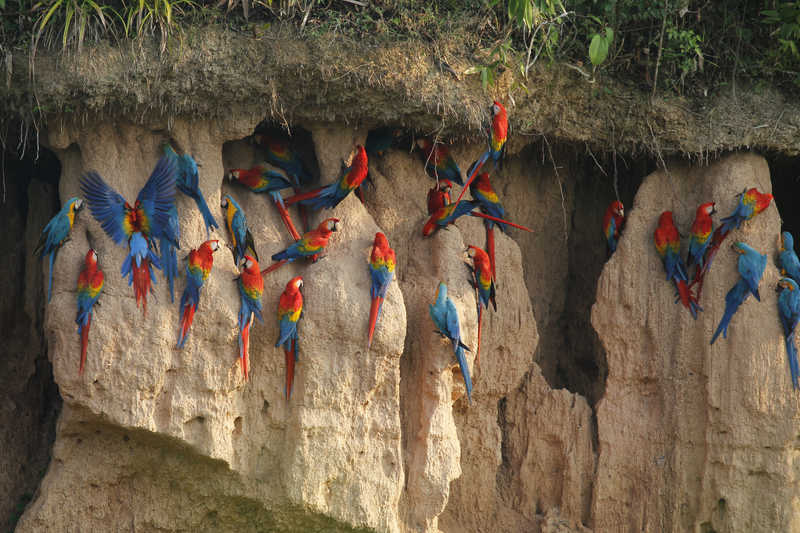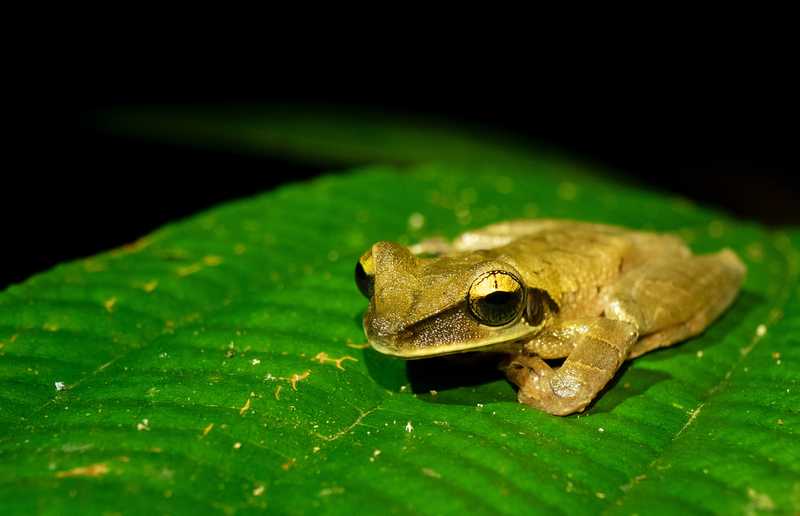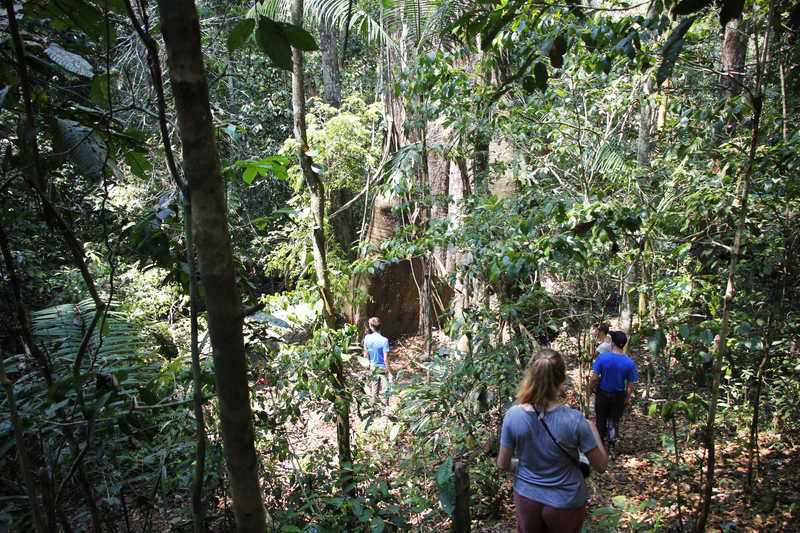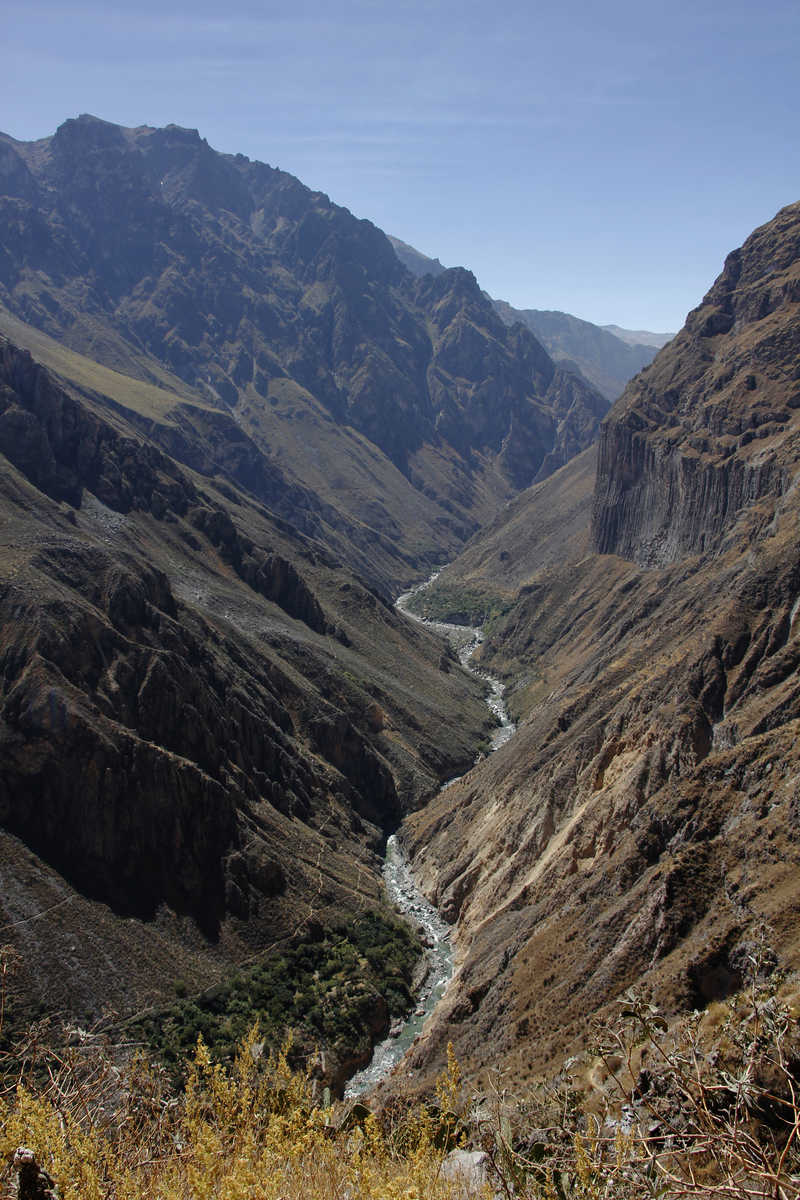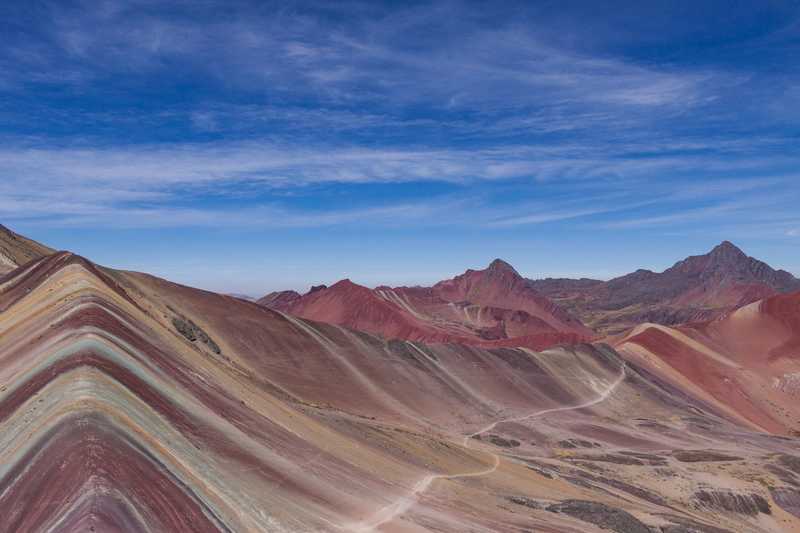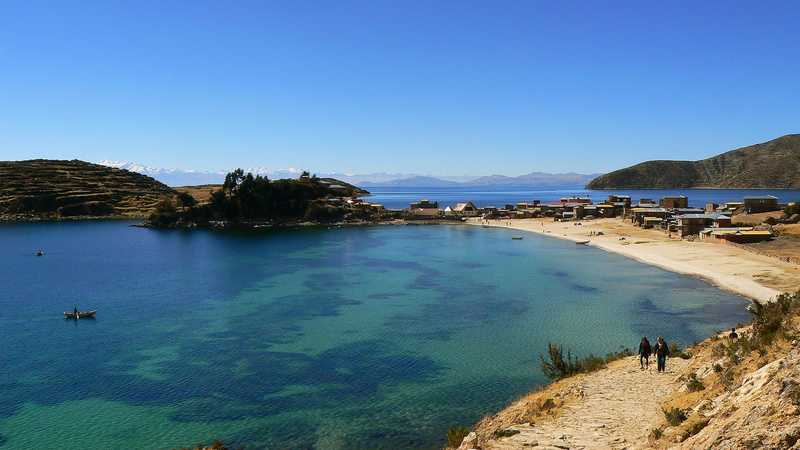The short Inca Trail
- Kandoo Trekking
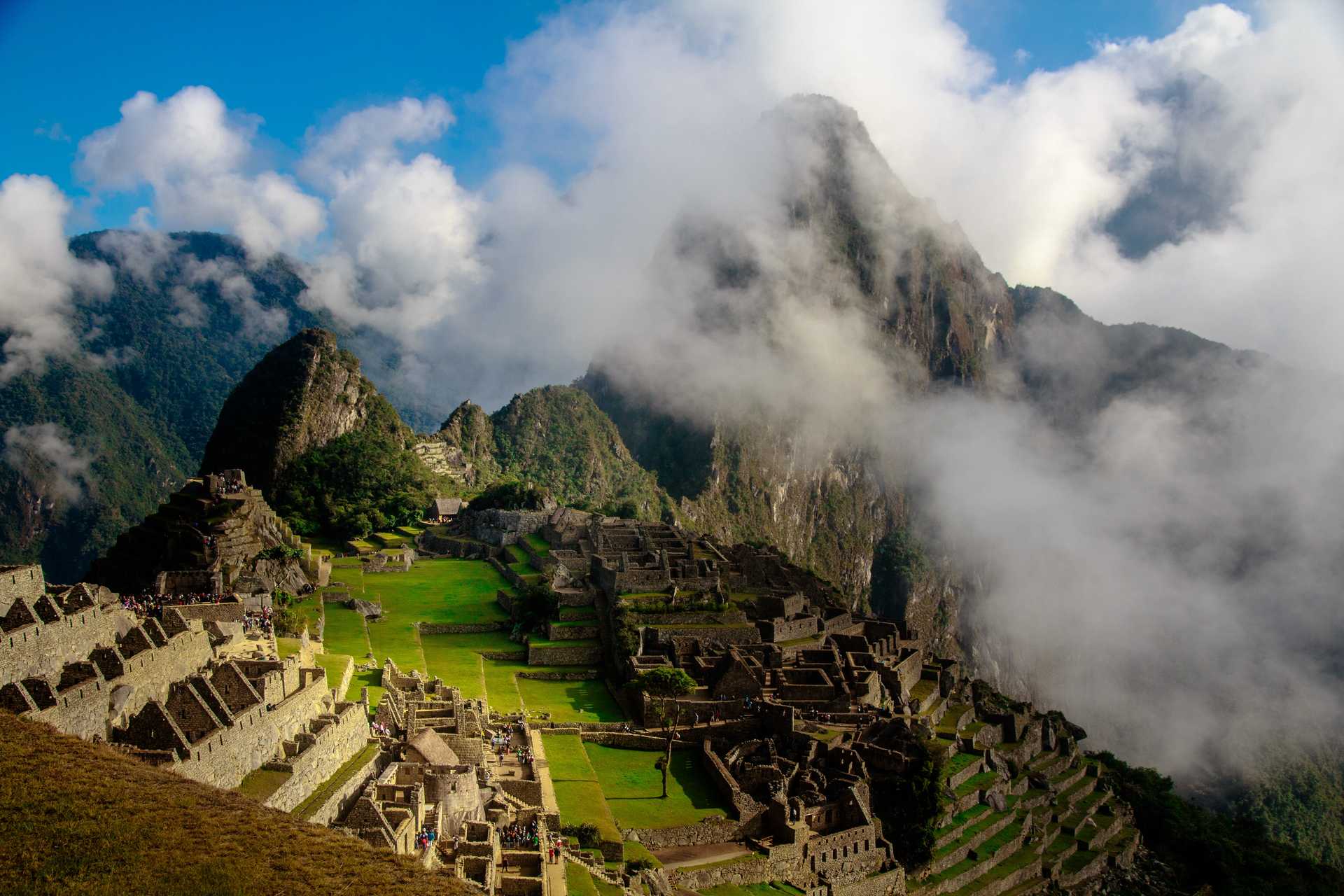
Contact
our UK team

You need to ensure that you are in Cuzco the evening before the trek is due to begin, in order to attend a pre-trek briefing with the Lead Guide to check that you are fully prepared for the challenge ahead. We will notify you of the time and location for the briefing prior to your trip.
We will meet you at a central location in Cuzco around 5:00 am and transfer by private vehicle to the Sacred Valley of the Incas. From Ollantaytambo, we will catch a train to KM 104, the starting point for our trek where we will need to show our permits and passports.
After crossing the Rio Urubamba, the trail heads towards our first Inca ruin, Chachabamba. Archaeologists believe that Chachabamba was once an important religious site. Chachabamba is also thought to have played a secondary role protecting this entrance to Machu Picchu. After leaving the site, the trail begins to ascend and enters the cloud forest. We continue trekking uphill, crossing a grassy hillside before reaching a spectacular waterfall. From here it is a short trek to the impressive Inca site of Wiñay Wayna where we will stop for lunch. Approaching from the lower terraces of the ruins, we will climb a long stone staircase to reach the upper levels of Wiñay Wayna. Here we meet the main Inca Trail and will continue walking for 1-2 hours through cloud forest to the Sun Gate, the entrance to Machu Picchu. At this time of day there will be few tourists around and there will be plenty of time to soak up the view before we catch the bus down to Aguas Calientes for an overnight stay at a hotel.
An early start is required as we catch the bus back up to Machu Picchu. You will be given a guided tour of the site which will last for around 2½ to 3 hours. There is also an option to climb Huayna Picchu, the famous mountain behind the ruins, but you will need to book a permit in advance. In the afternoon, we will catch the train from Agua Calientes to Ollantaytambo, where you will be met by our driver who will transfer you back to Cuzco.
Staying
well-fed on your trek is absolutely vital, especially when conditions are such
that you might not want to eat or drink as much as you should.
Because
so many trekkers experience a loss of appetite at altitude, our head chef has
developed special menu plans that are appealing, healthy, and filled with all
the energy you need to make it to Machu Picchu. By default, our meals include
fresh fruit and vegetables every day, as well as fresh meat and fish.
BREAKFAST
Breakfast
is usually fairly hearty. Of
course, you’ll also have hot drinks, generally a choice of tea, coffee or hot
chocolate. Let your guide know if you are still hungry, or even if you think
you could ‘pack in a few more bites’. Our cooks always try to provide more
food than necessary to ensure everyone gets a good meal.
We stop for a hot lunch, freshly
prepared by our cook.
On
the trek, we filter and boil all the water that we give to you for drinking.
You may wish to bring purification tablets as an extra precaution but they
are not essential. Every morning we will fill up your water bottles or
hydration bladder with at least 2 litres of water.
Coca
tea is thought to help relieve the symptoms of altitude sickness. In Cuzco,
all the hotels have dried leaves and hot water available throughout the day
so you can make your own tea whenever you wish.
On the trek we will take coca leaf tea bags for you.
We insist on using a high standard
of vehicle and driver for all of our transfers. In Peru it is not a legal
requirement to have seatbelts fitted in the back of vehicles, and while we try
to use vehicles that have rear seatbelts fitted, this cannot always be
guaranteed. If you are unhappy about any aspect of the vehicle or the standard
of driving, please speak to the driver or our local office.
Please check with your flight provider for you weight limit. As the trek we operate is just a day trek you will be able to leave your main luggage at the hotel and carry a daypack on the trek. We recommend your daypack is no larger than 30L.
| From | To | Price | Availability | Book | Enquire |
|---|---|---|---|---|---|
| 11/03/2026 | 13/03/2026 | £699 $899 |
Available
|
Book now | Enquire now |
| 18/03/2026 | 20/03/2026 | £699 $899 |
Available
|
Book now | Enquire now |
| 01/04/2026 | 03/04/2026 | £699 $899 |
Available
|
Book now | Enquire now |
| 15/04/2026 | 17/04/2026 | £699 $899 |
Available
|
Book now | Enquire now |
| 29/04/2026 | 01/05/2026 | £699 $899 |
Available
|
Book now | Enquire now |
| 13/05/2026 | 15/05/2026 | £699 $899 |
Available
|
Book now | Enquire now |
| 27/05/2026 | 29/05/2026 | £699 $899 |
Available
|
Book now | Enquire now |
| 03/06/2026 | 05/06/2026 | £699 $899 |
Available
|
Book now | Enquire now |
| 17/06/2026 | 19/06/2026 | £699 $899 |
Available
|
Book now | Enquire now |
| 08/07/2026 | 10/07/2026 | £699 $899 |
Available
|
Book now | Enquire now |
| 22/07/2026 | 24/07/2026 | £699 $899 |
Available
|
Book now | Enquire now |
| 05/08/2026 | 07/08/2026 | £699 $899 |
Available
|
Book now | Enquire now |
| 19/08/2026 | 21/08/2026 | £699 $899 |
Available
|
Book now | Enquire now |
| 02/09/2026 | 04/09/2026 | £699 $899 |
Available
|
Book now | Enquire now |
| 16/09/2026 | 18/09/2026 | £699 $899 |
Available
|
Book now | Enquire now |
| 30/09/2026 | 02/10/2026 | £699 $899 |
Available
|
Book now | Enquire now |
| 14/10/2026 | 16/10/2026 | £699 $899 |
Available
|
Book now | Enquire now |
| 04/11/2026 | 06/11/2026 | £699 $899 |
Available
|
Book now | Enquire now |
| 18/11/2026 | 20/11/2026 | £699 $899 |
Available
|
Book now | Enquire now |
| 02/12/2026 | 04/12/2026 | £699 $899 |
Available
|
Book now | Enquire now |
| 23/12/2026 | 25/12/2026 | £699 $899 |
Available
|
Book now | Enquire now |
| 10/03/2027 | 12/03/2027 | £699 $899 |
Available
|
Book now | Enquire now |
| 17/03/2027 | 19/03/2027 | £699 $899 |
Available
|
Book now | Enquire now |
| 31/03/2027 | 02/04/2027 | £699 $899 |
Available
|
Book now | Enquire now |
| 14/04/2027 | 16/04/2027 | £699 $899 |
Available
|
Book now | Enquire now |
| 28/04/2027 | 30/04/2027 | £699 $899 |
Available
|
Book now | Enquire now |
| 12/05/2027 | 14/05/2027 | £699 $899 |
Available
|
Book now | Enquire now |
| 26/05/2027 | 28/05/2027 | £699 $899 |
Available
|
Book now | Enquire now |
| 02/06/2027 | 04/06/2027 | £699 $899 |
Available
|
Book now | Enquire now |
| 16/06/2027 | 18/06/2027 | £699 $899 |
Available
|
Book now | Enquire now |
| 07/07/2027 | 09/07/2027 | £699 $899 |
Available
|
Book now | Enquire now |
| 21/07/2027 | 23/07/2027 | £699 $899 |
Available
|
Book now | Enquire now |
| 04/08/2027 | 06/08/2027 | £699 $899 |
Available
|
Book now | Enquire now |
| 18/08/2027 | 20/08/2027 | £699 $899 |
Available
|
Book now | Enquire now |
| 01/09/2027 | 03/09/2027 | £699 $899 |
Available
|
Book now | Enquire now |
| 15/09/2027 | 17/09/2027 | £699 $899 |
Available
|
Book now | Enquire now |
| 29/09/2027 | 01/10/2027 | £699 $899 |
Available
|
Book now | Enquire now |
| 13/10/2027 | 15/10/2027 | £699 $899 |
Available
|
Book now | Enquire now |
| 03/11/2027 | 05/11/2027 | £699 $899 |
Available
|
Book now | Enquire now |
| 17/11/2027 | 19/11/2027 | £699 $899 |
Available
|
Book now | Enquire now |
| 01/12/2027 | 03/12/2027 | £699 $899 |
Available
|
Book now | Enquire now |
| 23/12/2027 | 25/12/2027 | £699 $899 |
Available
|
Book now | Enquire now |
Want to ask us a question or book a private trip? Don't hesitate to contact us!
Contact us